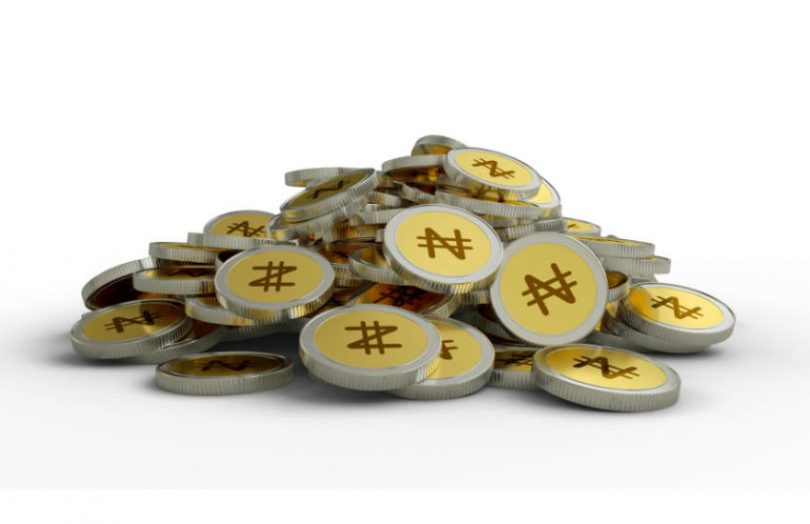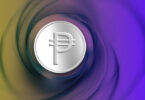Following the launch of its central bank digital currency (CBDC) pilot in October 2021, the Central Bank of Nigeria is now extending the eNaira service to target financial inclusion.
Initially, the offering was only available to bank account holders and via smartphone apps. Now the central bank plans to extend the payment service to feature phones by using Unstructured Supplementary Service Data (USSD) codes which operate similarly to SMS. The hope is that this will further boost financial inclusion, which currently stands at around 70%.
Typically The USSD codes involve texting a special number, and a response is sent to the user, giving them a menu of options such as sending a payment. Initiating the payment involves the user sending another message. The popular M-Pesa African payments system has supported USSD since 2020.
“The next step of our improvement in the CBDC is to introduce what we call the USSD code so even for those that do not have smartphones, they can still transact,” said Kingsley Obiora, Deputy Governor of the Central Bank of Nigeria. The young demographic of Nigeria, where 62.8% of the 211 million population are aged under 24, means the CBDC will be available to a largely digitally native population and is especially important moving forward.
However, there have been challenges with the adoption of the eNaira. Although there have been 764,000 app downloads, almost half have never used the app, and just 80 merchants are on the platform. Some may be less enthusiastic about using the platform as one of the motives is improving tax collection and transparency within the informal economy.
Elsewhere in Africa, Kenya has just completed a CBDC public consultation, Ghana is working on a CBDC pilot with provider Giesecke+Devrient, and Uganda is just starting to explore the concept.






